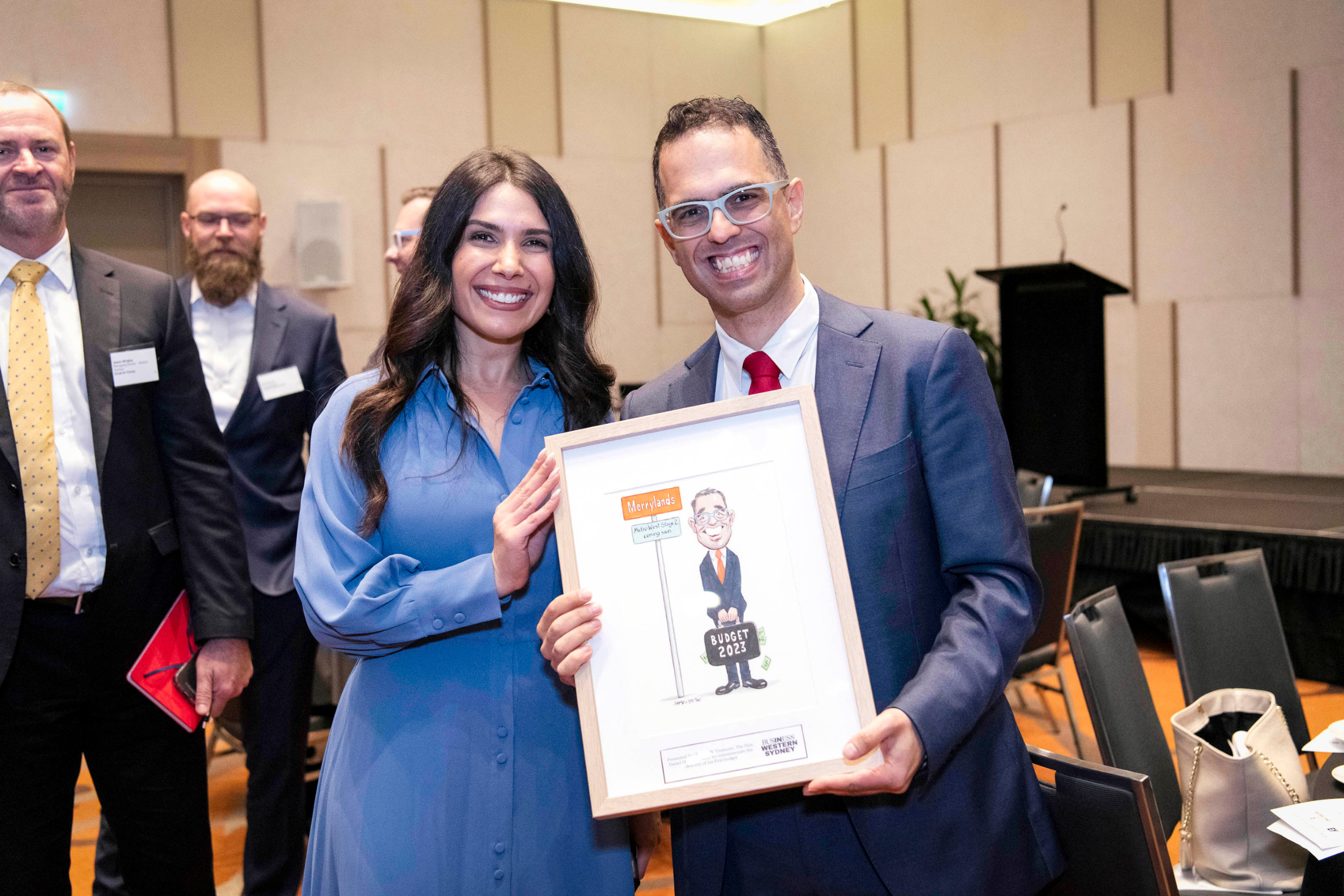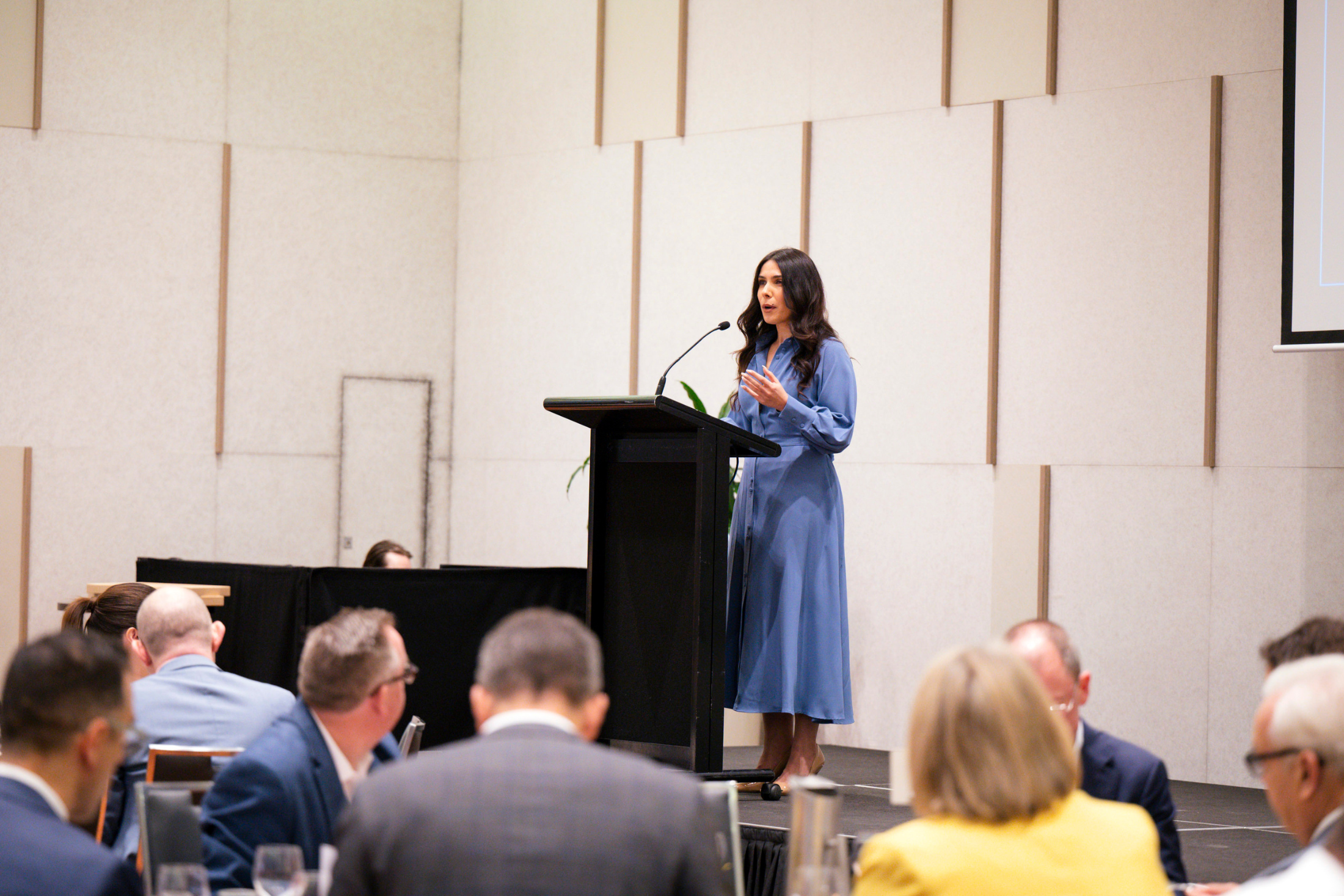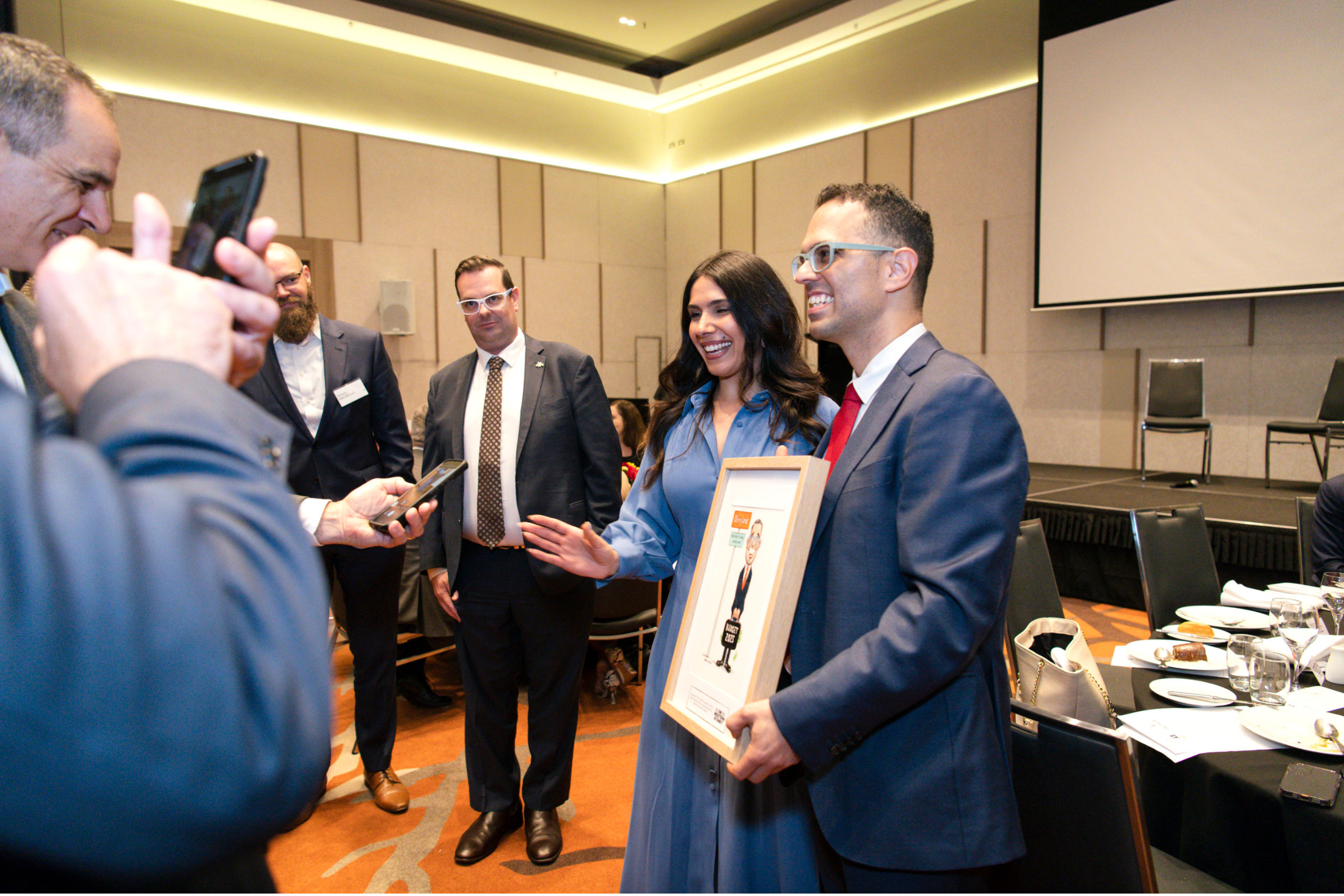You can search for courses, events, people, and anything else.
25th September 2023
Following the release of the NSW State Budget, the Centre for Western Sydney has published a new report calling for greater empowerment of Western Sydney communities.
The second in a series of issues papers released by Western Sydney University’s leading source of authority on its region, the report highlights key trends in the 2021 census in relation to the educational attainment and income levels of women and multicultural and first nations communities.
Dr Rhonda Itaoui, Director, Centre for Western Sydney, said Western Sydney was undergoing a period of significant change with its population booming and major infrastructure projects driving economic growth.
Despite the opportunities, she said residents continue to be hindered by too few jobs close to home, inequalities, and barriers to education.
"The transformation of the entire region depends on interventions and solutions that directly eliminate the intersecting and compounding barriers that some of the area’s most vulnerable groups continue to face – not only based on where they live, but also who they are," said Dr Itaoui.
"As a diverse, dynamic and entrepreneurial region, Western Sydney has the potential to lead the nation’s economy, but we need to dismantle the barriers that stand in the way of its success."
The report found 48.4 per cent of people in Western Sydney hold a Certificate III or higher compared to 62.9 per cent in the rest of Sydney. This was lowest in Fairfield, where 30.5 per cent of residents hold a Certificate III or higher.
With 35.5 per cent of First Nations communities in the region holding a Certificate III or higher compared to 47.8 per cent of Indigenous Australians in the rest of Sydney.
As a diverse, dynamic and entrepreneurial region, Dr Itaoui said Western Sydney has untapped potential, and by examining those most greatly impacted, tailored solutions can remove the barriers that the people of the region face.
"Place-based investments in extra childcare places, local jobs and targeted education interventions tailored to diverse cohorts can help women enter, re-enter or advance in the workforce. Increasing women’s participation is an economic – not just social – imperative," said Dr Itaoui.
"Similarly, we need to break the cycles of disadvantage by reducing obstacles and providing tailored solutions for our Indigenous and multicultural communities.
"This means streamlining the recognition of overseas qualifications and skills, addressing discrimination in job application processes, and introducing workforce transition programs in areas of need for vulnerable groups."
In relation to the nation’s cost-of-living crisis, it was found that Western Sydney is disproportionately impacted with 52.1 per cent of residents earning less than $800 a week compared to 40 per cent in the rest of Sydney.
In addition, despite almost half of the women living in Western Sydney holding a Certificate III or higher, six out of 10 of them earn less than $800 a week.
The report further highlighted Fairfield as being most affected by the cost-of-living crisis, with 67.7 per cent earning less than the minimum wage.
The Centre for Western Sydney is calling for a fundamental policymaking shift towards intersectional approaches that would enable the reimagining of the way inequity, and ultimately productivity, is addressed in the region.
"If this region is to capitalise on the new opportunities being created, everyone who calls Western Sydney home needs to be empowered to be part of the broader community and economy," said Dr Itaoui.
To download the Bridging the Divide Issues Paper, click here.
Photo credit: Business Western Sydney





